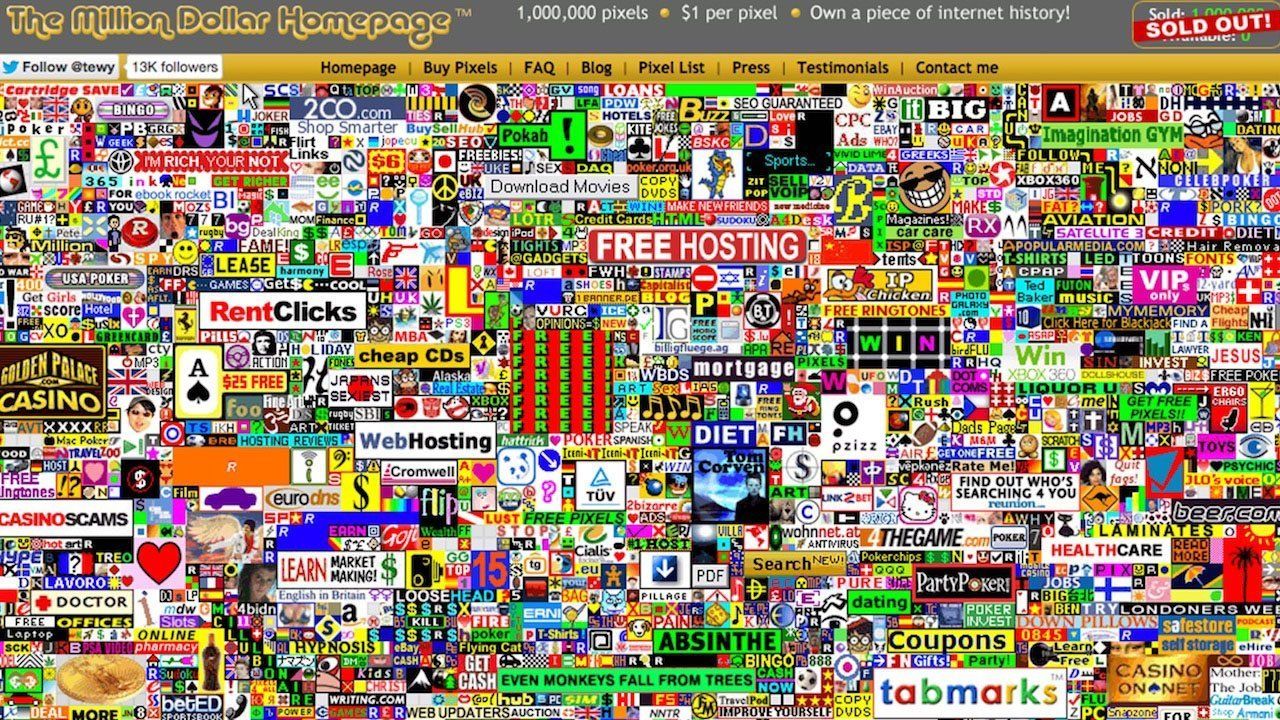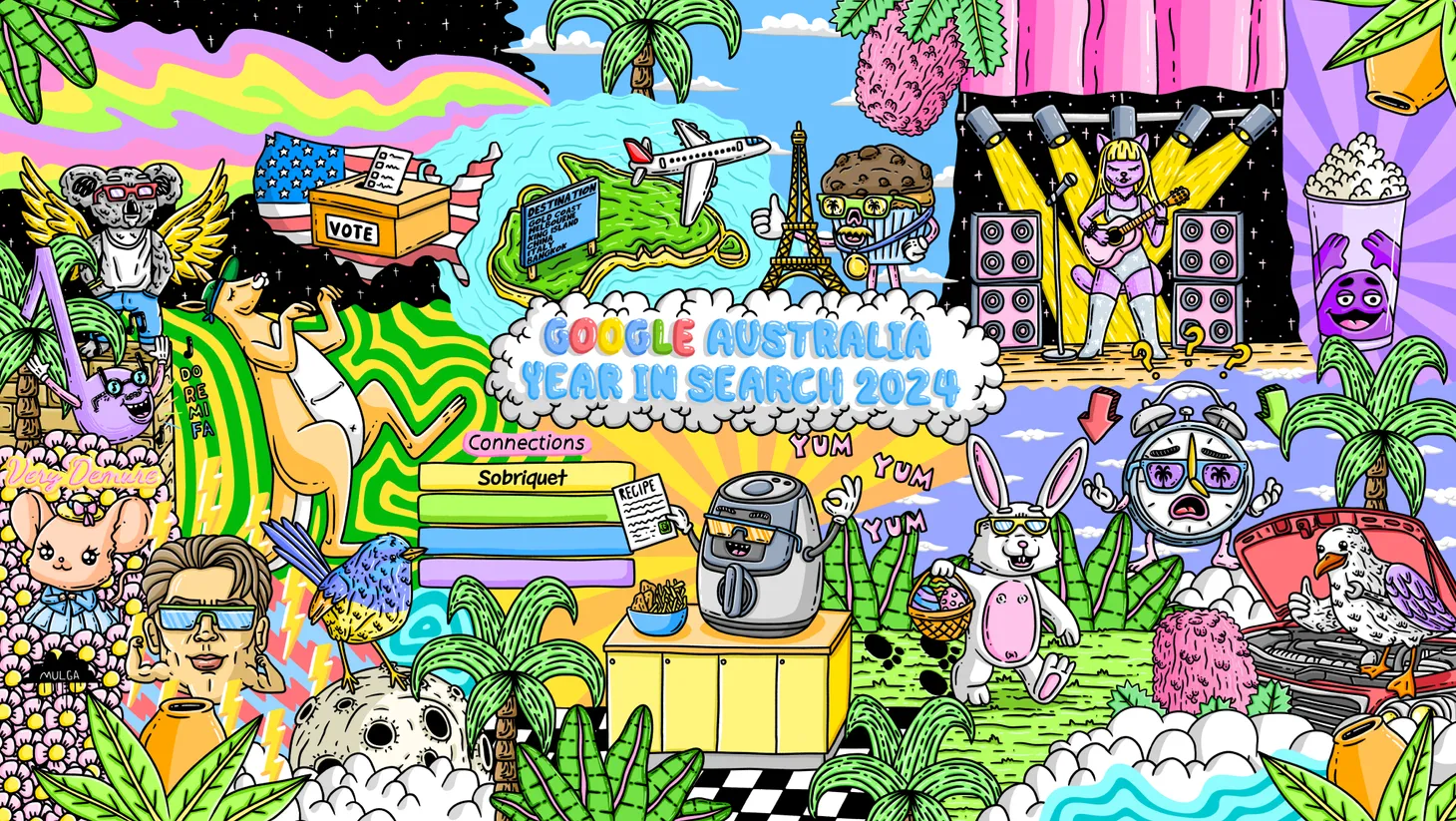How 'The Million Dollar Homepage' has aged, and what it means for digital history
Researchers look back on the seminal marketing website and check the active links – and debate how to improve digital archives in future.

A fascinating analysis of the seminal marketing exercise from 2005, when a British student sold 1,000,000 pixels on a website for $1 each, with each pixel linking to whatever the buyer wanted.
Here we are, 16 years later, and the Library Innovation Lab from Harvard University has looked into the state of the homepage today. How many links still work? And what does it say about the state of digital archiving?
Still, the canvas remains a largely intact record of the aesthetics and commercialization patterns of the internet circa 2005. It is populated by pixelated representations of clunky fonts, advertisements for sketchy looking internet gambling sites, and promises of risqué images.
Some interesting mentions of preservation projects, like perma.cc, that could help us ensure more snapshots of our digital history last longer into the future.
This story was first published in 2017.
Byteside Newsletter
Join the newsletter to receive the latest updates in your inbox.


